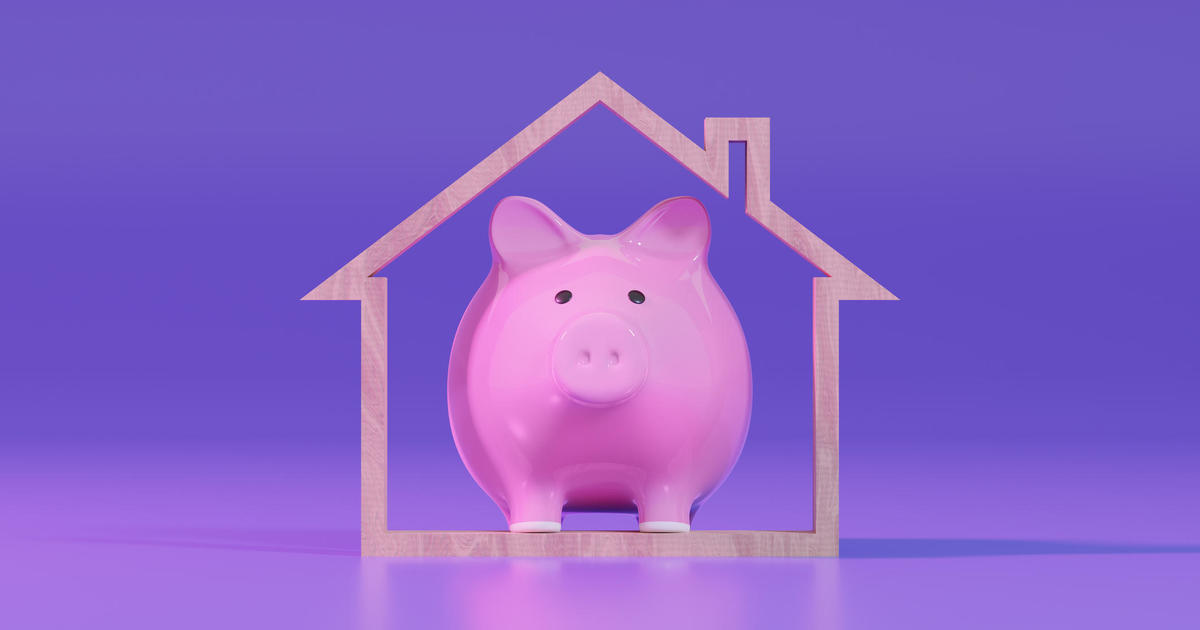Federal Reserve lowers interest rates for first time in more than a decade
- On Wednesday, the Federal Reserve voted to lower a key interest rate by a quarter of a percentage point to around 2.25%.
- This is the first Fed interest rate cut since the Great Recession a decade ago.
- Stocks plunged after Fed chairman Jerome Powell called the rate move a mere "mid-cycle adjustment" and might not lead to further cuts that many Wall Street investors want.
The Federal Reserve has lowered its benchmark interest rate for the first time since 2008 — a move that many had believed would signal the start of a new cycle of rate cuts to bolster the U.S. economy amid slowing global growth and stubbornly weak wage gains for many American workers.
But in a press conference Wednesday following the announcement of the cut — a quarter of a percentage point to around 2.25% — Fed Chairman Jay Powell suggested the central banks was not committed to continuing to lower interest rates:
"We see this more of a mid-cycle adjustment than the start of a rate cutting cycle," Powell said, emphasizing that the U.S. economy was still relatively strong but global growth was weakening faster than expected. Powell also said that making interest rate decisions during a trade war was a tricky calculus.
The Dow Jones Industrial Average slumped shortly after Powell began speaking and closed down nearly 334 points, or 1.2%. "Investors wanted some indication that lower rates were at least likely, and already in the Fed's thinking," said veteran rate watcher Keith Gumbinger, a vice president at HSH.com. "But they didn't get that message."
What the Fed's quarter point cut means for borrowers is that those with credit cards tied to prime interest rates may see a small drop in their interest charges, as will borrowers with home equity lines of credit. Savers are unlikely to see a big drop in rates because savings accounts, particularly at the big banks, still pay rates that are much lower than what the Fed offers banks.
It's possible the Fed could still switch course and follow through with more rate cuts. While a number of former Fed officials indicated prior to the rate move on Wednesday that a cut could be a one-and-done situation — a brief divergence from the central bank's credit tightening cycle of the past few years, and not a longer term return of dovish monetary policy — Wednesday's drop in the stock market following the rate cut may make it harder for Powell & Co. to stick to just one cut. This Fed and its chairman have seem more driven by market sentiment than past U.S. central bankers.
President Trump, too, who wants lower rates, is likely to continue his push for more cuts. "As usual, Powell let us down," the president Tweeted Wednesday afternoon.
A future with slower growth and lower investment returns
The fact that the Fed is cutting rates now -- at a time when many people are just starting to see wage increases and only a year after the president and Republican law makers pushed through a massive corporate tax cut that was supposed to supercharge growth — suggests that returning the U.S. economy to its health of decades past may no longer be possible.
Instead, the future could be one of much slower economic growth and low investment returns in which workers will have to either save significantly more along the way for retirement or remain employed for much longer. Home buyers will be able to wait longer without fear of missing out. All of that will put pressure on the already slow U.S. economy, which is likely to produce even less wage growth and opportunity.
This Fed last cut interest rates in September 2007. It finally began raising rates in December 2015, a little more than two and a half years ago. But in that time the Fed's benchmark interest rate appears to have peaked at around 2.5%, far lower than in past economic cycles.
The Fed pushed up its main interest rate 4.25 percentage points, to 5.25%, in the mid-2000s. Rates climbed 3.5 percentage points in the late 1990s to 6.5%.
What's more, in the most recent rate-cutting cycle to combat the systemwide shocks of the financial crisis, annual GDP growth been significantly lower than in the past. GDP growth hit 3.8% in 2004 and 4.8% in the late 1990s. Economic growth of nearly 4% was common as recently as the 1980s, or about twice as fast as the economy has grown annually since the end of the Great Recession.
Why slower growth will lead to lower investment returns
Typically, lower interest rates will lead to higher stock and bond prices. But the type of stock market returns investors have seen in the past few decades have come not just from falling rates, but from rates that are dropping from a high level. We don't have that any more.
The other factors that boost investment returns are inflation and growth. We have had very little inflation in the past few years, and now the Fed's rate move signals growth will likely remain slow as well.
All of that suggests much lower investment returns.
The way to beat falling interest rates: Save more
What lower investment returns also means is that workers hoping to replace a good portion of their income in retirement will have to save more.
For a long time, most pension plans have assumed that annual investment returns will average 8% over long periods. Based on that 8%, a worker who is hoping to have an annual income of $80,000 in retirement will need to save about $7,500 a year over 30 years. But with interest rates already low, and inflation at 1%, and growth near 2%, average returns could well be closer to 4%. Based on that lower return, the same worker with the same goal would have to sock away $21,000 a year.
For most Americans that's likely not possible, but the message is: You will need more.



